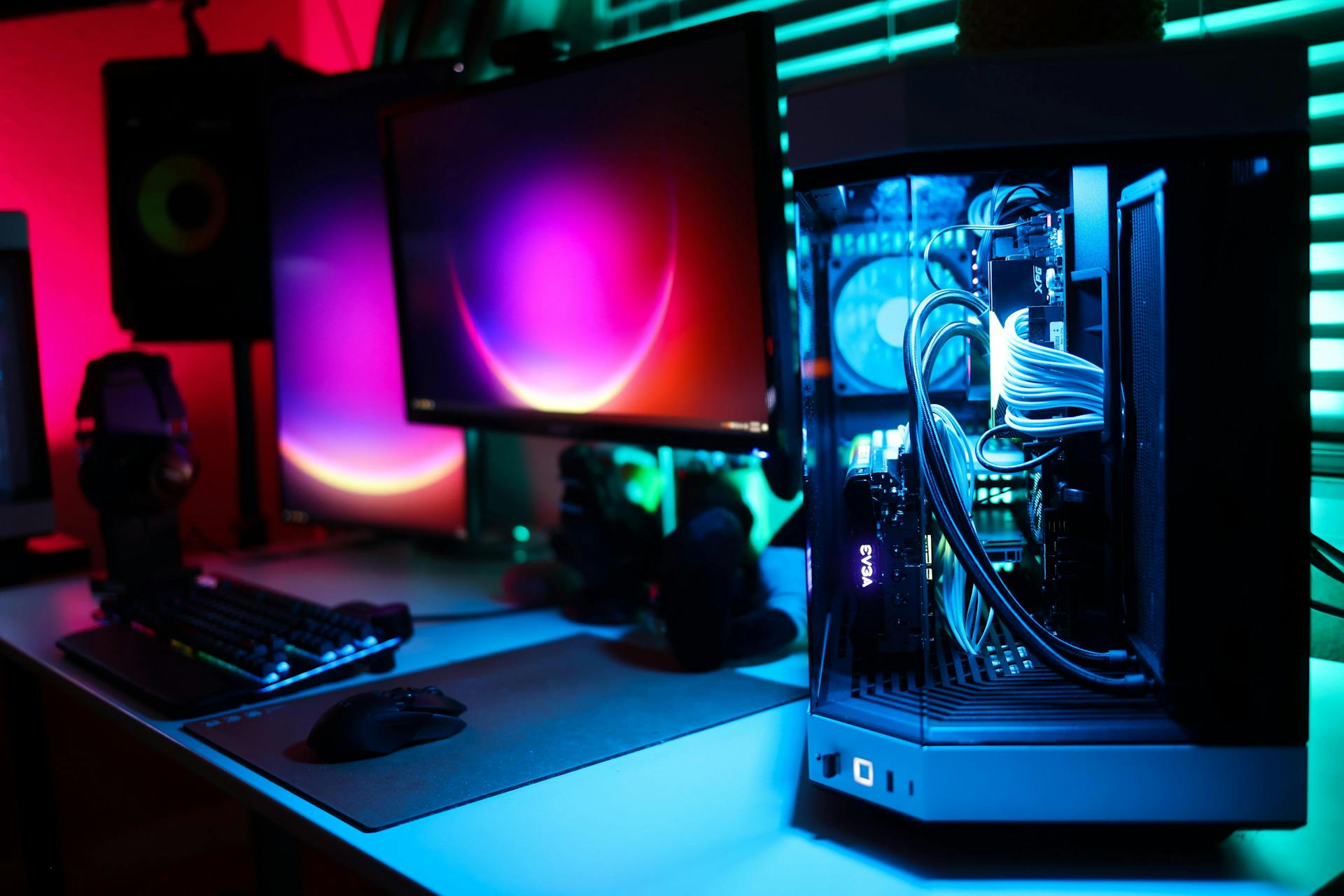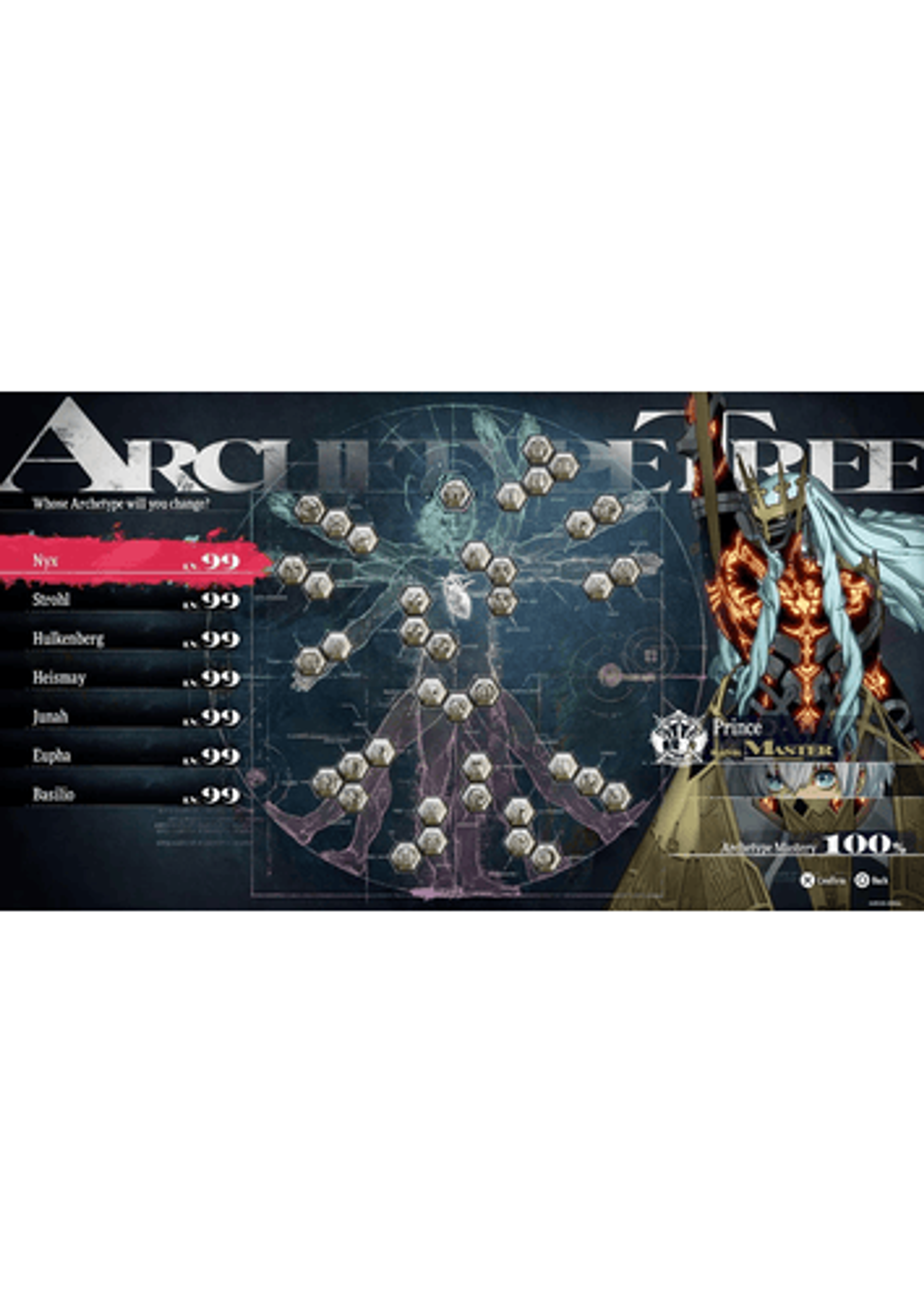
Mid-Tower Vs. Full Tower Cases
When you’re deciding on building or purchasing a new PC, there are a lot of questions that will come up. One of the biggest is: what size case do you get for your new PC?
You might be a fan of ITX or other small form factor cases, but if you’re looking for a standard PC size, it’s a choice between a full-size or mid-size chassis.
What’s the difference? Both have benefits and drawbacks, but it can be difficult to suss out which is better for you if you’re not familiar with them.
Mid Tower

With all the benefits of a full-sized tower, why get a mid-sized tower?
Mid-sized towers like the Y60 will save you on physical space, making them easier to fit into your space. They’re more portable and often weigh less, too.
If you have a pre-built PC, mid-sized towers can look cleaner as they have less negative space to deal with.
GPUs
Many GPUs these days are absolute monsters with three fans and can take three or four back panel slots in your system instead of the usual two of past years.
While not all mid-sized tower cases will be 100% compatible with every GPU, with modern cases like the Y60, it’s much more likely they’ll be able to fit the massive GPUs of today. There are notable exceptions like our Revolt 3 ITX case that can fit some of the largest GPUs out there, but we specifically designed it to accommodate them. ;)
Expansion And Cable Management
If you’re like me, you’ve frankensteined your PC a bit over the years; replacing parts as they die out, or replacing them as you need more power.
While you’re installing all these new parts, or just building your computer, cable management is going to be easier in a larger case.
There are likely more places built into the case for you to route your cables and more room for them to be squirreled away; dual chamber cases are particularly nice for this. A dual-chamber mid-tower case will be much more forgiving for a newer builder who isn’t a pro at cable management.
Liquid Cooling
Custom loops can be difficult to manage, as you have to heat the pipes to bend them to get the proper angles around your case. If you’re new, those angles may be incredibly tight and difficult for you to work in. A mid or full-tower gives you more leeway when it comes to your bends and fittings. Not to mention making it easier to place your liquid reservoir(s).
The same goes for All-in-one loops, but they’re much more forgiving in both full-sized and mid-sized towers.
Full-Sized Tower
If anything above is something you’ll be dealing with, and you’re EVEN MORE ambitious with your build dreams, a full-sized tower can be perfect for you.
It’s bigger. That’s the most obvious thing about full-sized towers. But what exactly does that mean for your computer? It means a large majority of building is going to be easier with a full-sized tower case, and in some cases, only possible in a full-sized tower case if you’re an amateur builder.
Either way, you’ll eventually need to open your PC and mess around with its innards. As a full-sized tower owner, I’ve never had to worry about not having the room for the new or upgraded parts I’ve purchased.
New hard drives? Your full tower case likely has extra mounting ports for 2.5-inch SSDs built into the chassis. More PCIe inputs? Your tower lets you get a larger motherboard with 4 PCIe slots so you can throw in a capture card, a wi-fi card, and a sound card in addition to your GPU.
Featured Posts

Metaphor: ReFantazio Tips & Tricks
Boost your experience in Metaphor: ReFantazio with helpful tips and tricks. From gameplay basics to progression advice, we’ve got you covered.

HYTE at COMPUTEX 2025
HYTE was at COMPUTEX 2025 in Taipei, Taiwan to showcase the latest innovations in PC building and gaming technology.

Best Archetypes - Metaphor: ReFantazio Guide
Uncover the best Metaphor: ReFantazio archetypes and how they shape your journey. Explore unique builds, roles, and strategies across all archetypes.

HYTE Tariff Announcement
On 4/8/25 HYTE will regrettably be forced to increase prices due to the ongoing tariffs. Our full statement & additional details are enclosed.
